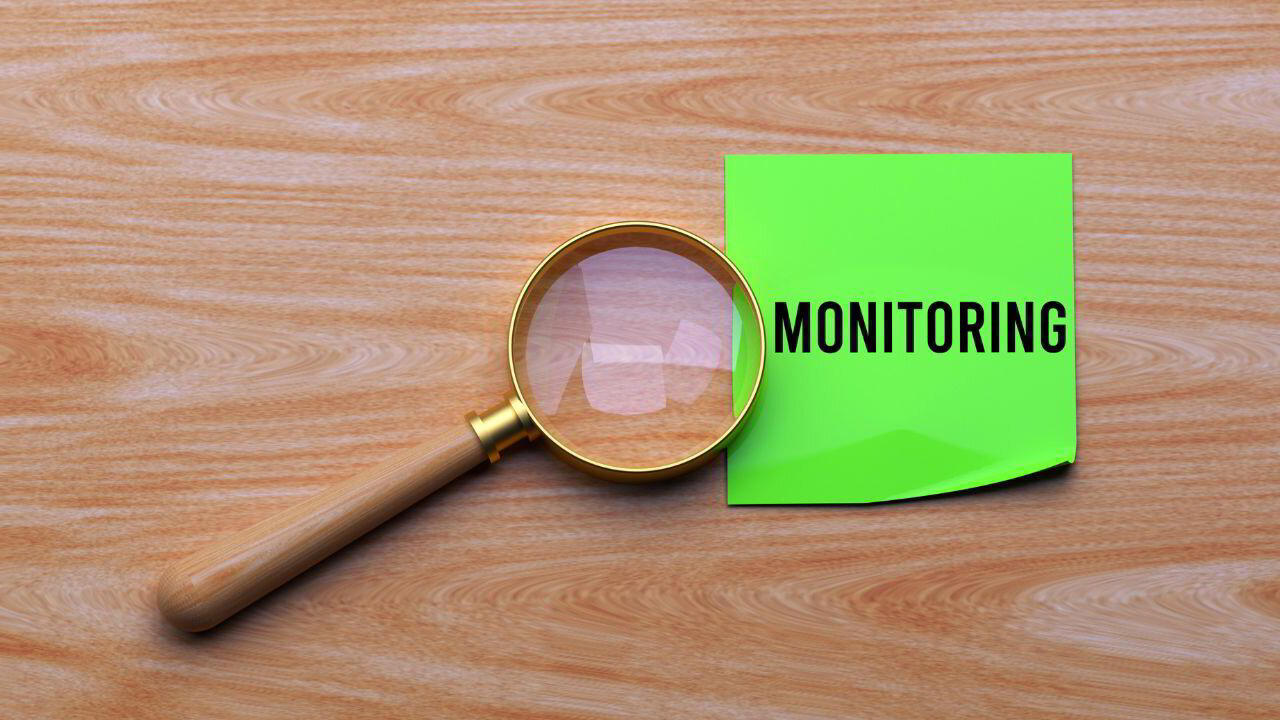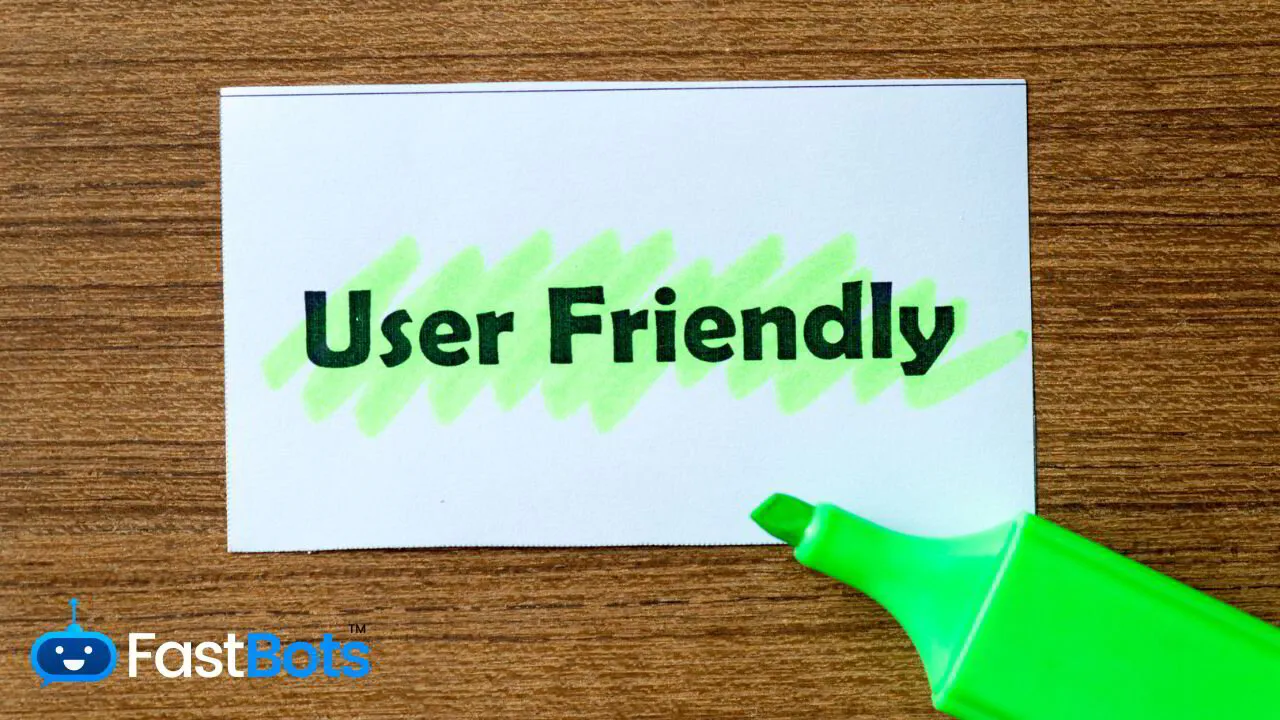In today's fast-paced world, efficient communication is the key to running a successful business. With over 2 billion users worldwide, WhatsApp has become an essential tool for connecting with customers. To enhance your customer support and automate your communication process, creating a no-code WhatsApp bot is a brilliant solution.
This ultimate guide aims to provide you with all the information you need to create your own customised WhatsApp bot without any coding knowledge. By using a no-code platform, you can seamlessly integrate your bot with your WhatsApp Business API, ensuring a smooth and engaging experience for your customers.
As you follow this guide, you will learn the necessary steps to build your no-code WhatsApp bot from scratch, set up an intuitive conversation flow, and test its effectiveness in real-time. With these tools at your disposal, you will be able to improve your customer support and reach a wider audience, all while making your daily operations more efficient.
Foundations of No-Code WhatsApp Bots
Understanding No Code Development
No code-development platform enables you to create applications without writing a single line of code. By using visual interfaces and pre-built components, you can design and customise your application to fit your specific needs. No-code platforms are an excellent option for non-programmers or business owners who want to streamline their processes and automate workflows without investing heavily in custom code development or expensive software.
For example, if you're a small business owner looking to create a WhatsApp bot to handle customer inquiries and support requests, no-code platforms can help you get up and running with minimal effort.
Overview of the WhatsApp API
WhatsApp API is a powerful tool that allows businesses to integrate their systems with the WhatsApp messaging platform, enabling automation of communication processes and improved customer experiences.
Here are some key features of the WhatsApp Business API:
1. Message Templates: These are pre-defined messages that can be sent out automatically in response to specific triggers or events.
2. Rich Media Support: The API supports the sending of text, images, documents, and other multimedia content, allowing for more engaging and informative bot interactions.
3. Two-way Communication: Unlike traditional SMS messaging, WhatsApp supports two-way communication between your bot and the user, enabling better conversation flow and personalised interactions.
4. Enterprise-level security: WhatsApp is committed to ensuring secure communication with end-to-end encryption.
To use the WhatsApp API for your no-code bot, you'll need to:
1. Get a WhatsApp Business API account.
2. Choose a no-code platform that supports WhatsApp API integration.
3. Connect the platform to the API and configure the bot's functionality.
Once you have the foundations in place, you can start designing and building your no-code WhatsApp bot to enhance your business communication and support processes.
BUILD YOUR OWN WHATSAPP AI CHATBOT
In less than 5 minutes, you could have an AI chatbot fully trained on your business data assisting your Website visitors.
Choosing the Right No-Code Platform
When it comes to creating a no-code WhatsApp bot, selecting the right platform is essential.
Platform Limitations and Scalability
While no-code platforms can be a great starting point, it's essential to consider potential limitations and scalability.
- Customisation: No-code tools often provide templates and limited customisation options. This may not be sufficient if your business requires unique features or a highly customised chatbot.
- Integration: Consider the platform's ability to integrate with your existing systems, such as CRM and backend databases. Limited integration capabilities may restrict your bot's functionality.
- AI and NLP: Not all no-code platforms offer AI and natural language processing (NLP) capabilities. If you want your chatbot to provide more personalised and human-like conversational interactions, choose a platform that supports advanced AI and NLP features.
To make an informed decision on the best no-code platform for your WhatsApp bot, assess each tool based on your specific requirements, budget, and level of technical expertise.
Designing Your WhatsApp Bot
Crafting user interactions
When designing your no-code WhatsApp bot, the first step is to plan user interactions. Start by outlining the main purpose of your bot, which could range from customer support to booking appointments. Next, map out the user journey and anticipate the questions a user might ask. This will help you design a logical conversation flow for your bot to follow.
Remember to keep your conversation simple and easy to understand. Utilise conditional logic to make your bot more dynamic and responsive to different inputs. Additionally, you can incorporate rich media like images, documents, or videos to make your bot more engaging.
Setting up Quick Replies
Quick replies help guide users through the conversation in a smooth, sequential manner. These are predefined answers your bot can provide to steer the conversation and simplify users' interactions.
To set up quick replies in your no-code WhatsApp bot, follow these steps:
1. Identify common questions or user inputs.
2. Create a list of responses that cater to these inputs.
3. Implement the quick replies using the no-code platform of your choice.
4. Test your chatbot to ensure that quick replies are functioning as intended.
By incorporating quick replies, you can significantly improve the user experience and keep conversations organised and focused.
Personalising Messages
Personalisation helps create a more engaging and enjoyable user experience. To make your WhatsApp bot more relatable and customised, consider the following:
- Use personalisation tokens: Include users' names and other personal information you may have collected during the conversation.
- Leverage the user's data: Offer relevant information or recommendations based on the user's preferences, such as location, transaction history, or demographics.
- Adjust the tone and language: Use a conversational tone and simple language to make your bot more approachable.
Keep in mind that when personalising messages, you should maintain a balance between personalisation and privacy. Always adhere to data privacy regulations and guidelines when handling user data.
By focusing on user interactions, quick replies, and personalised messages, you can create a more effective and engaging no-code WhatsApp bot. Remember to follow best practices in designing your chatbot to ensure a seamless and enjoyable experience for your users.
Building and testing
Constructing Bot Flows
When creating a no-code WhatsApp bot, the first step is to construct bot flows. Bot flows are conversation paths that help guide users through various interactions. Begin by mapping out the possible user interactions and conversations. Then, make use of a no-code platform like Landbot or WotNot to turn your ideas into reality.
Drag-and-drop features available on these platforms allow you to create conversation building blocks, which include:
1. Text prompts: These guide the user throughout the conversation.
2. User inputs: Collect necessary information from users.
3. Conditional logic: direct user interactions based on their responses
4. Multimedia elements: Enhance your bot with images, videos, or other rich content.
5. Buttons and menus: simplify user choices and guide them through the flow.
Integration with external services
Once your bot flow is designed, think about integrating external services to improve your bot's functionality. APIs, CRMs, and other services can boost your bot's capabilities, making it a more powerful and versatile communication tool. Some popular integrations include:
- Google Sheets: Store and manage user data from the bot
- Zapier: Connect with numerous third-party apps for a seamless workflow.
- Typeform: Include engaging surveys and forms within your bot flow.
- CRM systems: Sync user input with your customer relationship management software.
Every no-code platform offers different integration options, so explore their features and find the tools that best suit your needs.
Testing your bot for efficiency
Finally, before deploying your WhatsApp bot, it's crucial to test your bot for efficiency. This ensures that the user experience is smooth and your bot meets the desired objectives. Here's a simple testing procedure:
1. Share your bot with friends, colleagues, or test users for real-world input.
2. Review the collected data and provide feedback.
3. Identify any bottlenecks, confusing interactions, or errors in the bot flow.
4. Make the necessary adjustments and improvements.
5. Re-test until you achieve the desired performance and experience.
Remember, creating a no-code WhatsApp bot is an iterative process. Be prepared to make adjustments and refinements until you have a bot that is efficient, effective, and engaging for your users.

Deployment and monitoring
Launching the bot
Now that you have created your no-code WhatsApp bot, it's time to deploy it. Here are the steps to launch your bot:
1. Get a WhatsApp Business API: First, you need to register for a WhatsApp Business API account. This API allows your bot to interact with users on the platform. To do this, visit the WhatsApp Business API website and follow the instructions provided.
2. Integrate with your chosen platform: Once you have your WhatsApp Business API, connect it to the no-code platform you used to create your bot. This integration allows your bot to send and receive messages through WhatsApp.
3. Test your bot: Before launching, make sure you test your bot thoroughly. Ensure it properly responds to user queries and troubleshoots any issues.
4. Go live: Once testing is completed, it's time to make your WhatsApp bot available to the public. Enable the WhatsApp channel on your no-code platform and share your bot's unique phone number with your audience.
Tracking performance and user engagement
After launching your WhatsApp bot, it's essential to monitor its performance and user engagement. Here are some key metrics to track:
- Total number of users: How many people are actively using your bot?
- Number of messages sent or received: Measure the volume of communication happening through your bot.
- Average response time: How quickly does your bot respond to user queries?
- User satisfaction: Collect user feedback to gauge their satisfaction with the bot.
To track these metrics, most no-code platforms come with built-in dashboards and reporting features that give you insights into your bot's performance. Regularly monitor these metrics to identify areas for improvement and ensure your WhatsApp bot delivers a positive user experience. By keeping track of your bot's performance, you can continually make data-driven adjustments to enhance its effectiveness and better serve your users.
Frequently Asked Questions
What are the essential steps in building a WhatsApp bot without coding?
1. Identify your goals and determine the bot's purpose, such as automating lead qualification or providing customer support.
2. Choose a no-code platform that aligns with your goals and supports WhatsApp integration.
3. Set up a WhatsApp business account and get API access.
4. Design your conversation flow according to your objectives.
5. Integrate the chatbot with your WhatsApp business account.
6. Test and optimise the bot's performance.
7. Launch your bot and promote it to your target audience.
What platforms offer the best free tools for creating a WhatsApp chatbot?
Can you automate WhatsApp conversations using a bot, and how?
What are the benefits of integrating ChatGPT with WhatsApp?
Is it possible to develop a WhatsApp bot using Python, and what are the basics?
1. Set up a WhatsApp business account and request API access.
2. Install Python libraries for working with the WhatsApp Business API, such as Twilio's python-whatsapid.
3. Develop your custom conversation flows and logic using Python.
4. Connect your Python application to the WhatsApp Business API and test its performance.
5. Deploy your Python application to a server for public access.
How can NodeJS be used to create a functional WhatsApp bot?
1. Obtain API access for your WhatsApp business account.
2. Set up a NodeJS project and install the necessary libraries, such as WhatsApp-Web.js.
3. Create conversation flows and implement the logic using JavaScript.
4. Connect your NodeJS application to the WhatsApp Business API.
5. Test your bot's performance and make optimisations as needed.
6. Deploy your NodeJS application to a server and promote your new WhatsApp bot.
BUILD YOUR OWN WHATSAPP AI CHATBOT
In less than 5 minutes, you could have an AI chatbot fully trained on your business data assisting your Website visitors.


